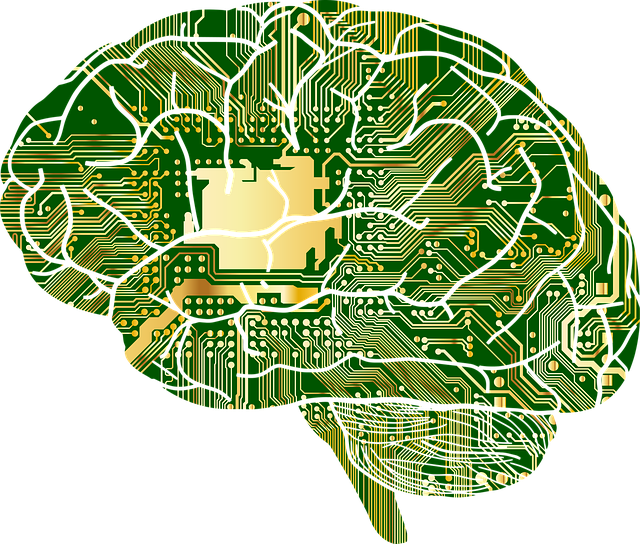1. Advanced Electromagnetic Theory
2. Digital Signal Processing
3. Elective-III
4. Power Electronics
5. Industrial Training

Leather Technology
Seventh Semester
Guided waves & wave guide ( 15 Lectures )
Waves between parallel planes. TM & TE waves, Their propagation and attenuation in parallel plane guides, Rectangular wave guides – TE & TM waves in rectangular guides, Wave impedance, Circular wave guides, Introduction to resonators.
Radiation ( 9 Lectures )
Potential function & electromagnetic fields, a small current element radiation, Power radiated by current element & radiation resistance, Radiation from quarter wave monopole & half wave dipole.
Antenna( 6 Lectures )
Network theorem, two element array, linear array, multiplication of patterns, binomial array.
Directional properties and Gain terminal impedance( 3 Lectures )
Types of antenna – mutual impedance of antenna, travelling wave antenna, rhombic antenna, Yagi antenna.
Propagation of EMF waves & Tropospheric propagation ( 7 Lectures )
Propagation of EMF waves, various paths, space waves, surface waves & propagation along spherical earth.
Tropospheric propagation, mechanisms of tropospheric wave propagation, duct and super – refraction.
Nature and properties of ionosphere( 6 Lectures )
Critical frequency, MUF, effect of geo – bar magnet, solar activity, and fading of ionospheric waves.